David Levy
Skyward, March 2019
If you have read this column more than once, you probably are not too surprised to understand that I love comets. Comets are a part of me, a part of who I am.
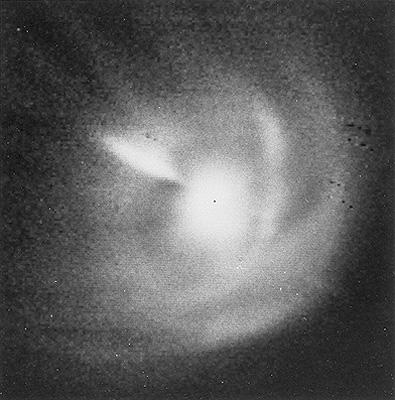 But I had to wait a while before I saw my first comet. I was already 17 years old and had been interested in the sky for a number of years. When I learned that the two young Japanese amateur astronomers Kaoru Ikeya and Tsutomu Seki had discovered a comet that could become the comet of the century, I was spellbound. During the mild autumn of 1965, as I awaited this mighty comet, I decided to begin a comet search program of my own.
But I had to wait a while before I saw my first comet. I was already 17 years old and had been interested in the sky for a number of years. When I learned that the two young Japanese amateur astronomers Kaoru Ikeya and Tsutomu Seki had discovered a comet that could become the comet of the century, I was spellbound. During the mild autumn of 1965, as I awaited this mighty comet, I decided to begin a comet search program of my own.
At the end of October I finally saw this comet as it rose, tail first, in the sky to the east beyond the St. Lawrence River. I observed it again a week later in early November. I have never forgotten it, even as, in later years, I finally was able to correspond with the comet’s two discoverers. Their comet did become the brightest comet of the 20th century, and my own program, after many more years of searching, was successful.
To me, comets are as personal as almost anything in my life. I have discovered or co-discovered 23 of them, but my favorite is Comet Hyakutake. (prounounced Yah-koo-tah-key.) This comet provided everything a great comet should: it was big, it was bright, and its tail stretched majestically across the sky. I followed the tail one night from Polaris, the north star, all the way past Corvus in the far southern sky. When I reported my observation, a professional astronomer wrote to me that it was simply impossible for the tail to be so long. In order for that to happen, the tail would have had to stretch from Earth past Jupiter. A few years later, scientists studying the data from the Ulysses space probe identified its detection of the tail at the orbit of Jupiter, and the astronomer confirmed what I saw.
There is one other aspect that I can write about Comet Hyakutake. Between the time it passed so close to the Earth and the time it passed close to the Sun a couple of months later, Wendee and I were growing closer. One evening as we were driving home to Arizona from Las Cruces, New Mexico, I pulled over, turned off the car, and we enjoyed the comet together as it was ner its perihelion, or its cloest point to the Sun. It was the first time Wendee saw a comet. She saw another one, Hale-Bopp, the next year on our wedding night. And on October 3, 2006, she saw a third comet, one I had discovered the previous morning.
Oh, how I wish that more young people could capture this love of the night sky. Maybe soon another bright comet will pay us a visit, and a young teenage girl or boy will look up, watch it wander lazily across the sky, its tail pointing off in some direction, and maybe this comet might inspire that young person to learn about the night sky that is so much a part of us.
Picture Caption: Halley's comet, taken with the 61-inch telescope at Mount Bigelow, near Tucson, Arizona. The image clearly shows a bright tailward jet of dust emanating from the nucleus. Picture by Steve Larson and David Levy.


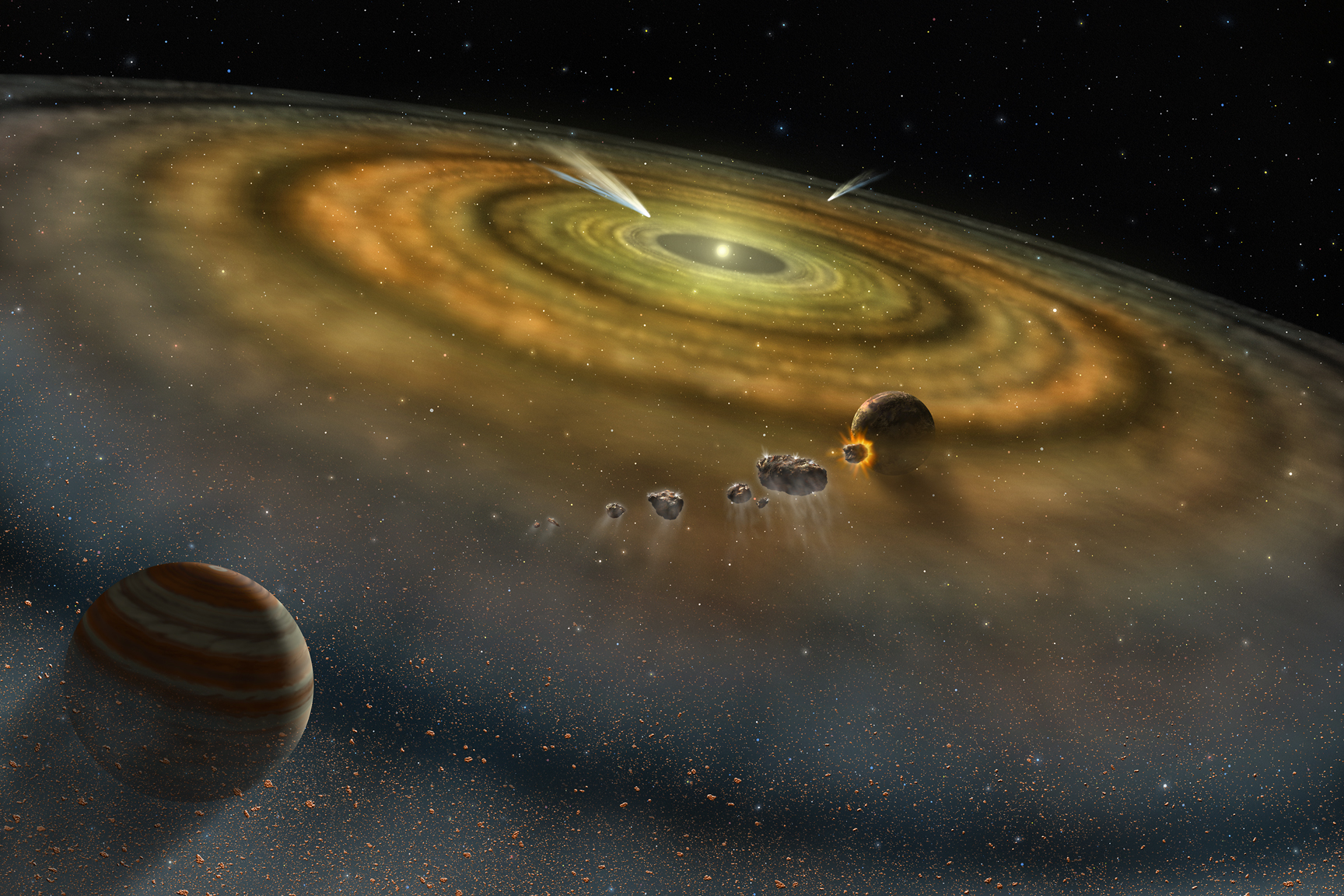 This month we're pleased to have as our speaker Sarah Blunt from the Harvard-Smithsonian Center for Astrophysics. Sarah's presentation is titled "Know thy Star, Know thy Exoplanet."
This month we're pleased to have as our speaker Sarah Blunt from the Harvard-Smithsonian Center for Astrophysics. Sarah's presentation is titled "Know thy Star, Know thy Exoplanet."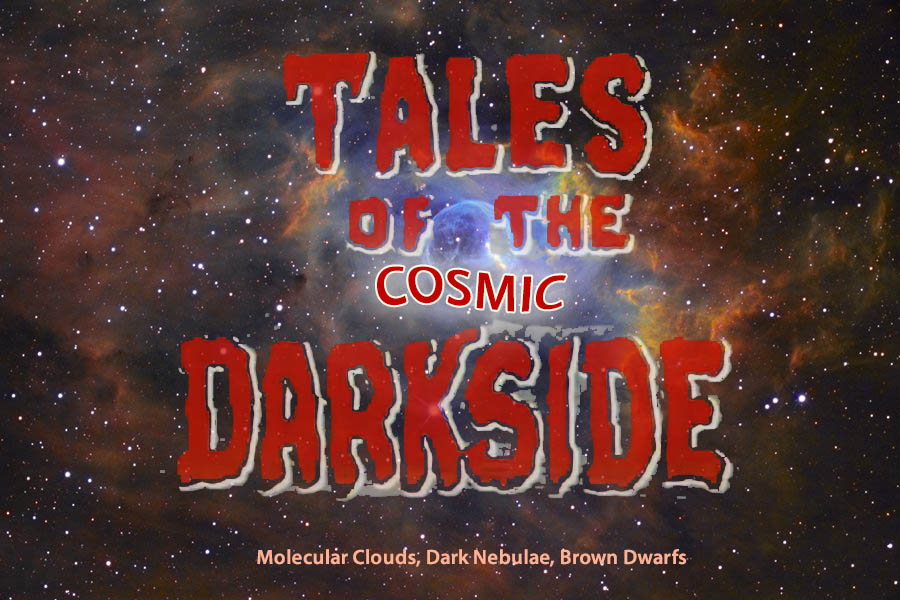 At our Friday night October 12 GAAC meeting we are pleased to have with us Phil Orbanes, with "Tales from the Cosmic Dark Side," a Halloween-themed presentation illustrated with Phil's excellent astrophotos, touching on all sorts of dark objects -- Dark Nebulae (and Bok Globules), Molecular Clouds, Integrated Flux Nebula, Dark (“Rogue”) Planets, “Dark Matter” and “Dark Energy.”
At our Friday night October 12 GAAC meeting we are pleased to have with us Phil Orbanes, with "Tales from the Cosmic Dark Side," a Halloween-themed presentation illustrated with Phil's excellent astrophotos, touching on all sorts of dark objects -- Dark Nebulae (and Bok Globules), Molecular Clouds, Integrated Flux Nebula, Dark (“Rogue”) Planets, “Dark Matter” and “Dark Energy.”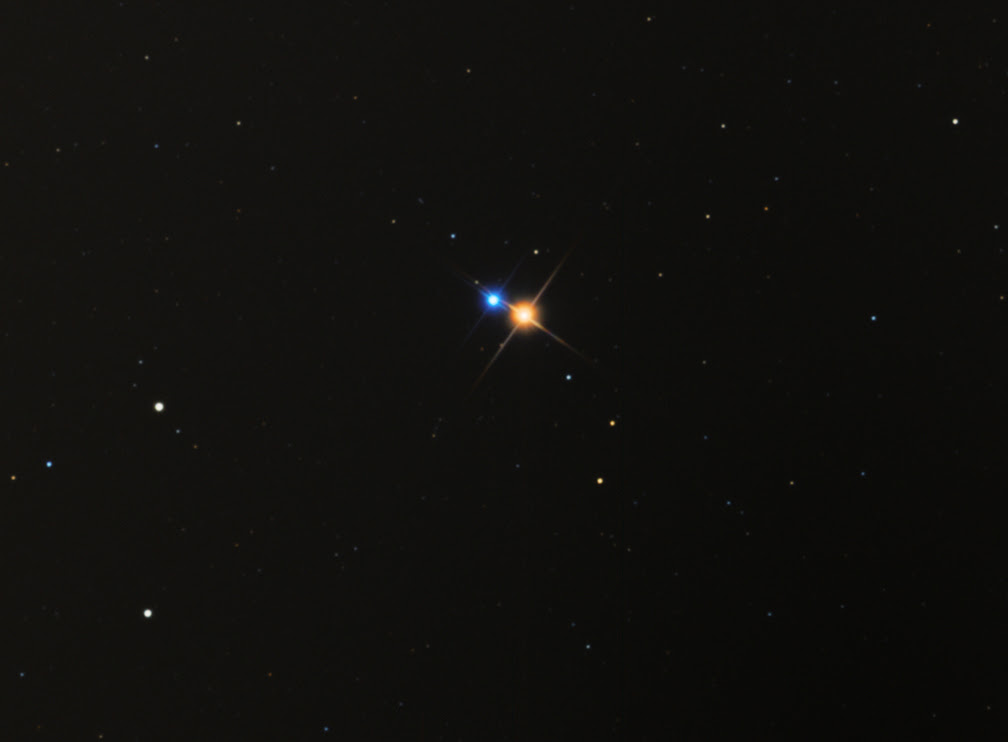 Friday night at 8:00pm, July 13, the Gloucester Area Astronomy Club is pleased to host Astronomy Magazine columnist and President of the Amateur Astronomy Makers of Boston, Glenn Chaple, with a presentation titled “Double Stars For Backyard Telescopes — Double Stars are TWICE the Fun!”
Friday night at 8:00pm, July 13, the Gloucester Area Astronomy Club is pleased to host Astronomy Magazine columnist and President of the Amateur Astronomy Makers of Boston, Glenn Chaple, with a presentation titled “Double Stars For Backyard Telescopes — Double Stars are TWICE the Fun!”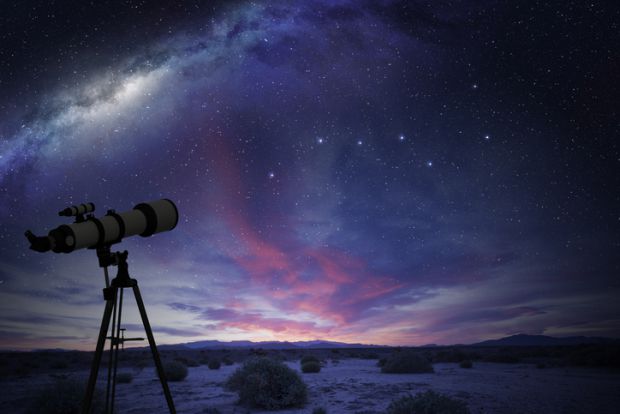 This annual event is always a GAAC favorite. We’ll be featuring a group of quick, 10-15 minute presentations on topics of interest to anyone interested in pursuing astronomy, as well as a roomful of different binoculars and telescopes to inspect and ask questions about, and all the great conversation and goodies you’ve come to expect at GAAC meetings.
This annual event is always a GAAC favorite. We’ll be featuring a group of quick, 10-15 minute presentations on topics of interest to anyone interested in pursuing astronomy, as well as a roomful of different binoculars and telescopes to inspect and ask questions about, and all the great conversation and goodies you’ve come to expect at GAAC meetings.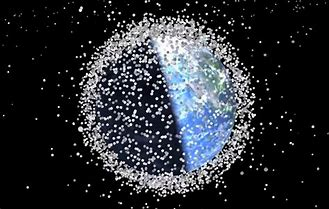 GAAC is fortunate indeed to have Dr. Jonathan McDowell with us this month, at 8:00 pm Friday May 11 at the
GAAC is fortunate indeed to have Dr. Jonathan McDowell with us this month, at 8:00 pm Friday May 11 at the